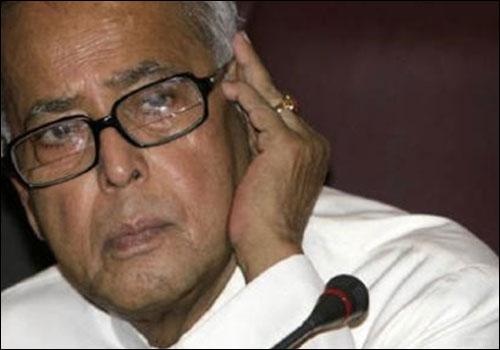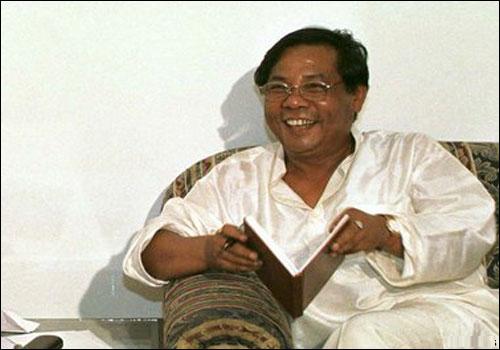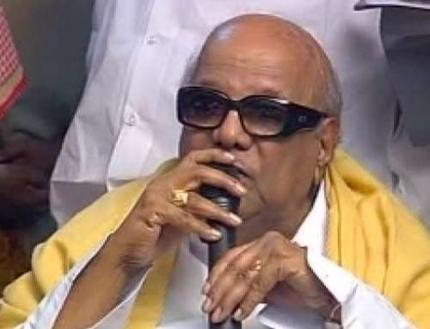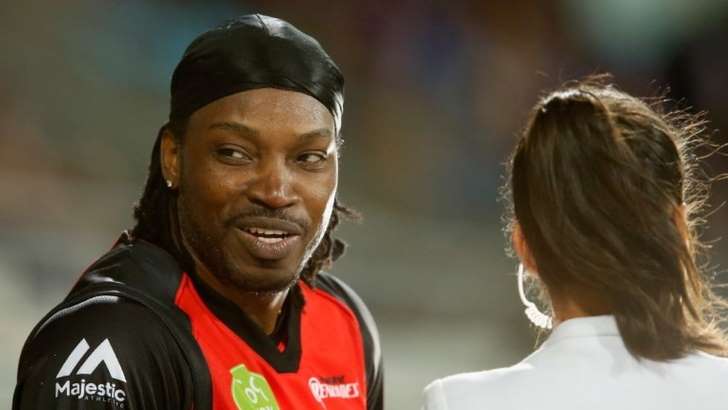July 19, 2012
The electoral college for the July 19 presidential poll comprises 4,896 voters – 776 members of parliament and 4,120 members of the state assemblies. Between them they have 10,97,012 votes and the winning candidate needs at least 50 percent of these.

With the Trinamool Congress now backing UPA candidate Pranab Mukherjee he is clearly emerging a winner.
How do numbers stack up?
July 19, 2012
The electoral college for the July 19 presidential poll comprises 4,896 voters – 776 members of parliament and 4,120 members of the state assemblies. Between them they have 10,97,012 votes and the winning candidate needs at least 50 percent of these.

With the Trinamool Congress now backing UPA candidate Pranab Mukherjee he is clearly emerging a winner.
How do numbers stack up?
Pranab Mukherjee:
- The ruling United Progressive Alliance, in its present form, has 450,555 votes or 41.07 percent of the total. Of this, the Congress alone has 331,855 votes, or 30.3 percent of the total.
- The Trinamool Congress, which has 4.4 percent of the votes, is now on Mukherjee's side.
- The Samajwadi Party with 6.34 percent of the vote and Bahujan Samaj Party with four percent votes are also on the UPA's side.
- The JD-U has 3.80 percent votes and Shiv Sena with 1.70 percent votes and both also favour Mukherjee.
- Among the Left parties, the Communist party of India-Marxist (3.30 percent) and Forward Block (.40 percent) will vote for Mukherjee.
- Adding Trinamool, the total tally for Mukherjee will thus be 60.21 percent, much above the 50 percent mark.
- The CPI (.80 percent) and RSP (.30 percent) will abstain, which will also favour Mukherjee.

Purno Sangma
- The BJP, which is backing Sangma has 21.20 percent votes. Ally Shiromani Akali Dal has 1.10 percent votes, making the total for Sangma from the NDA camp 22.30 percent.
- AIADMK has 3.30 percent votes, and the Biju Janta Dal 2.80 percent for a total of 6.10 percent.
- The total for Sangma, hence, is only 31.70 percent so far.
The balance 8.09 votes are of smaller parties who are not represented in parliament but have legislators in state assemblies.
To calculate the number of voters each legislator represents, the total population of the state is divided by the number of assembly members and then divided by 1,000.
For example, each member of the Uttar Pradesh assembly represents 208 voters, while an a member from Sikkim represents seven voters. The value of an MPs vote is a uniform 708.
These calculations are based on 1971 census. This will remain so till 2026, according to The Constitution (Eighty-fourth) Amendment Act, 2001.
Courtesy: msn
















































































































